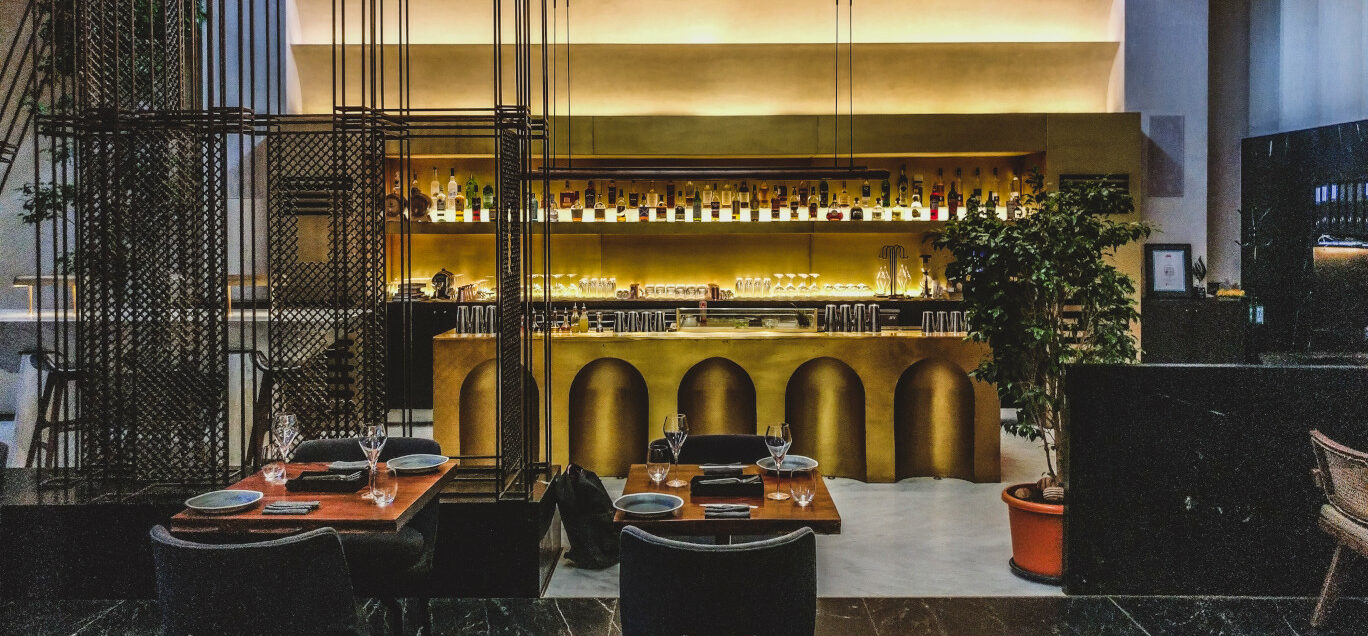India’s identity is a distinctive one today; it seems to be the place where the choice of restaurants is amazing and overwhelming. From New Delhi to Goa to Mumbai and Chennai, here are the must-try restaurants offering regional Indian cuisine to savour.
Indian Accent, The Lodhi Hotel, New Delhi

Chef Manish Mehrotra is no alien to perfection and his emphasis in every dish is renewed and excellence in ingredients; each dish stimulates the real flavour of every regular element. Indian Accent has a focus on inventive Indian cuisine with extremely thought of gastronomic traditions. The dishes are contemporary, playful, yet uphold authenticity, often beating into Indian childhood reminiscence and emphasising forgotten flavours from across the country. A distinguished experience and a fiesta for the taste buds which are sure to please the most trying palate. Nothing is average here and the experience continues long after the diner has left. The restaurant has become a global brand with an outpost in New York, and is a regular on the World’s 50 Best and Asia’s 50 Best lists and is rated as one of the best restaurants in India.
Must try: Tofu medu vadai, madras gun powder, sambar cream; baked paneer, coriander pesto, baby cucumber achar, chutneys; braised lamb, bone marrow nihari, ginger bud, baby turnip; meetha aachar pork ribs, sour green apple, chicharrón; and daulat ki chaat, roast almond, rose petal chikki.
Masque Restaurant, Mahalakshmi, Mumbai
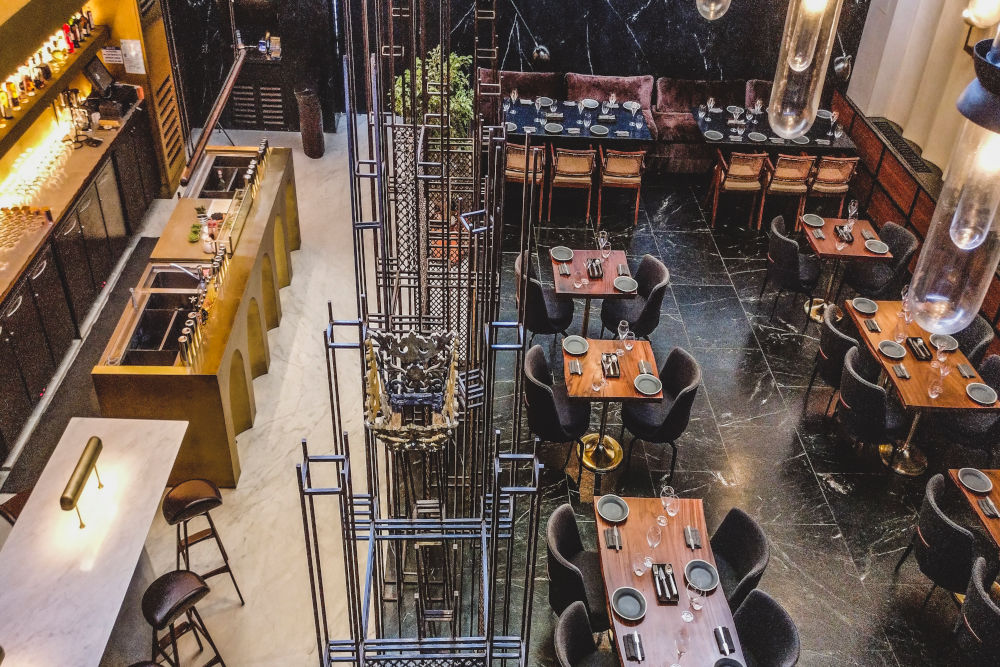
Is an ingredient-driven restaurant that serves only chef’s tasting menus, the first of its kind in India? In their attempt to help define modern Indian cuisine, produce is sourced exclusively from within the country, with a strong focus on the Himalayan belt. There is a lot of care that goes into sourcing the produce, whether it’s foraged, comes from their farm, or from small-scale farmers. “We’ve spent years building relationships, and we try to create dishes that optimise those seasonal flavours. It’s that quality that comes through on the plate, without any unnecessary frills. The experience of having a tasting menu crafted entirely of local, and often side-lined [produce], is what, I think, makes it unique,” says head chef Prateek Sadhu. Masque just ranked No 32 in Asia’s 50 Best Restaurants list.
Must try: Locally-sourced tasting menus change every few weeks, completely reliant on the harvest in season, so odds are each dish you try will be unique, and improbable to reappear in that form again!
Avartana, ITC Grand Chola, Chennai
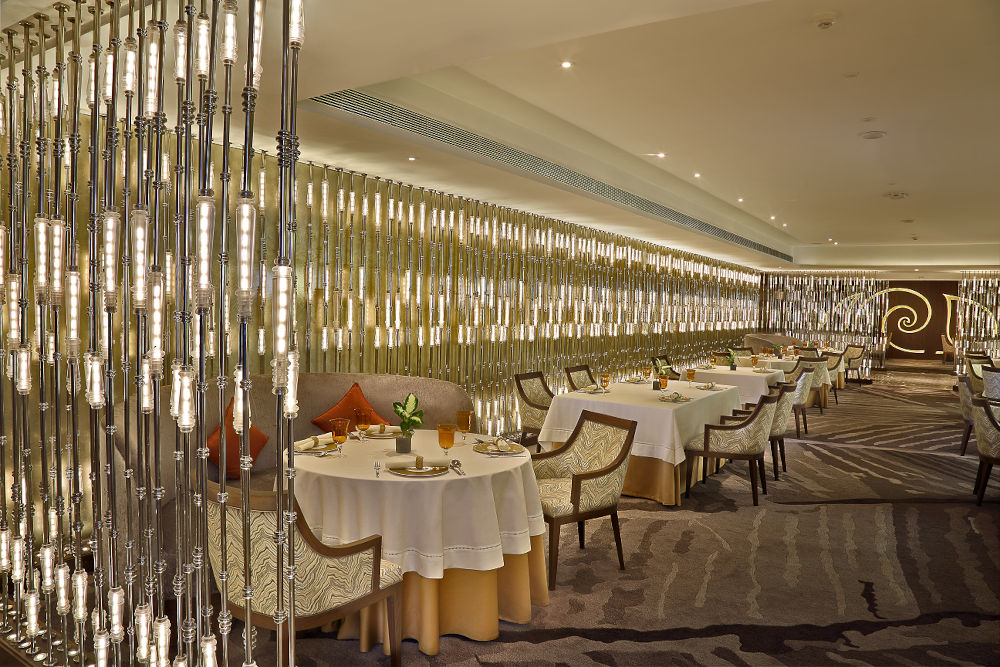
Avartana signifies a reimagined version of South Indian cuisine in modern-day renditions. The auspicious banana leaf, particularly emblematic of the great south is a repeated theme of the design and décor of this prize restaurant. On the menu are specially crafted tasting menus, designed to display the novel, old-style and decadence. Avartana is also Asia’s 50 Best Restaurant’s discovery this year.
Must try: Guntur chilli marinated stir-fried chicken served with buttermilk
mousse; crispy chilli potato- 2.0; pan-fried cod with coriander and chilli broth; uthukuli chicken/ morel and fennel panna cotta.
Cavatina, Benaulim, Goa
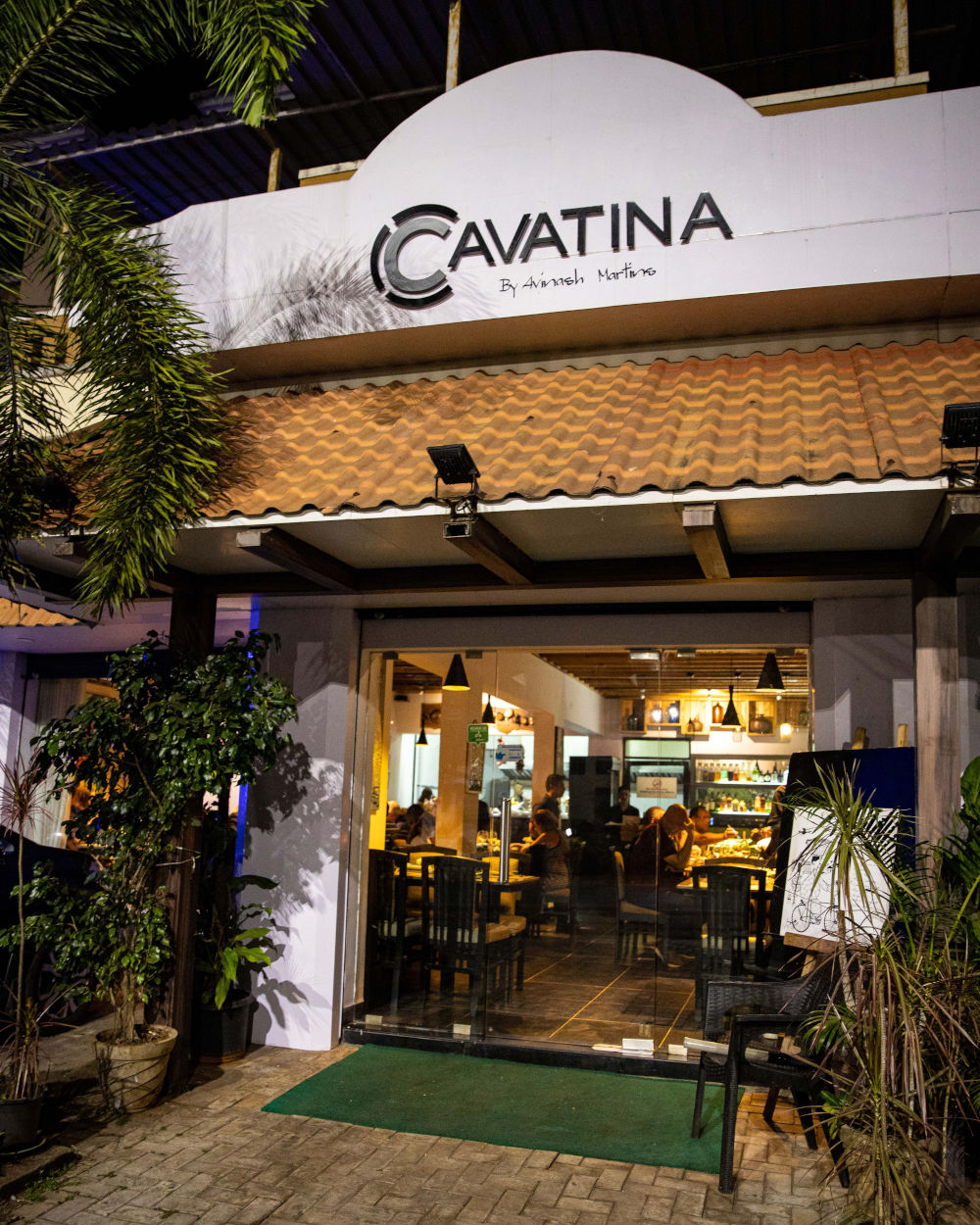
A quaint little restaurant tucked in a sleepy fisherman’s village in Benaulim, Cavatina features an open kitchen that allows its patrons to get a feel of a home-style feel yet the vibe of a fine dining atmosphere. Chef Avinash Martins stresses on local when it comes to the menu and the ingredients play centre stage. The menu also focuses on seasonal and artisanal. On offer are three sets of menu – seasonal and a Goan experimental menu, which is a 12-course tasting menu that evokes the bygone era of Goa, paired with Feni cocktails. The third is the seven-course chef tasting menu, which showcases the chef’s creativity in producing modern cuisine, and is more formal than the other menus. Wine pairing is also available with the chef’s tasting menu.
Must try: Koyloleo – rice fermented pancakes with toddy, prawns balchao; spanakopita – red amaranthus and cashew butter, filo pastry; banana wrapped fish with green recheado, pumpkin cashew nut hash, tambdi bhaji, coconut beurre blanc; smoked duck breast, chorizo risotto, port and beet coulis, orange ginger emulsion; and prawns who drank the feni- coconut based prawn curry flambéed with coconut feni.
Rooh, Ambawatta One Complex, Mehrauli
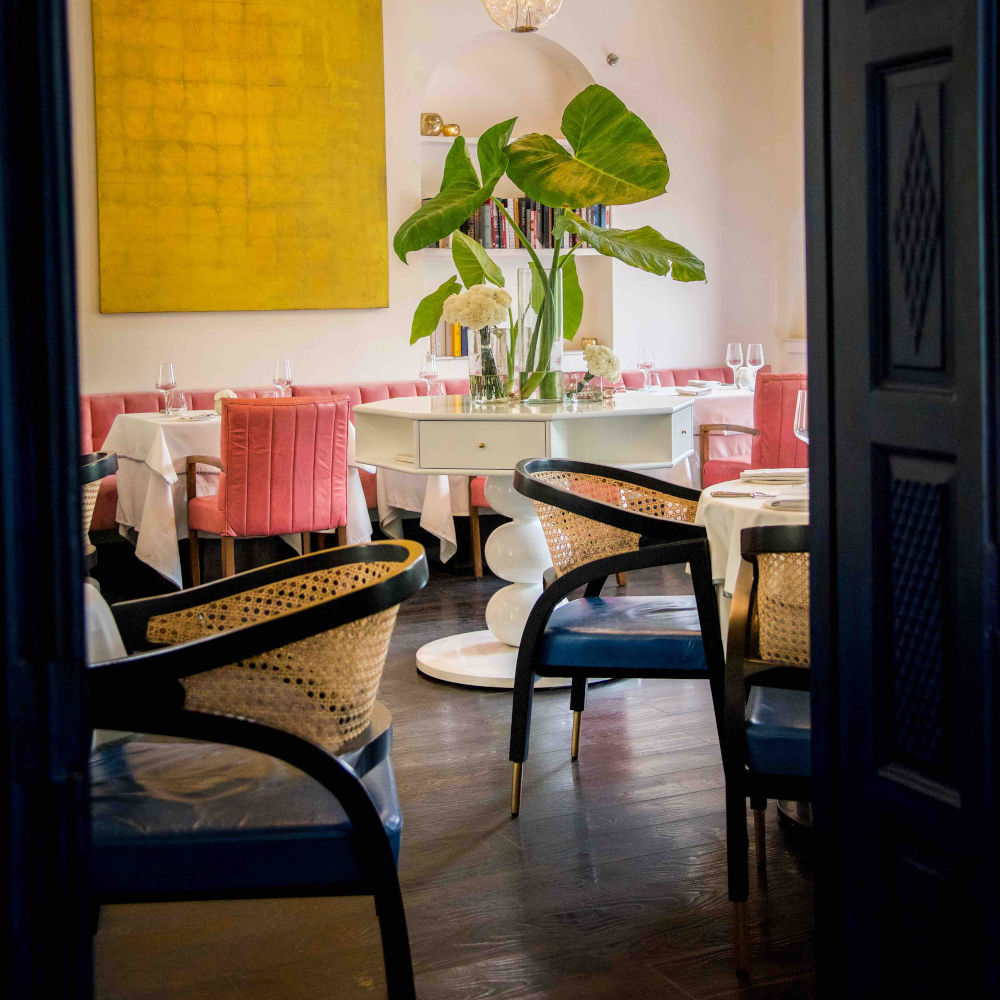
Flawlessly at home in Ambawatta One, a restored 150-year old haveli, Rooh is a paradox; a multi-ethnic experience snuggled in the plush
green crescent sprinkled with stylish stores and zigzagging around the iconic Qutub Minar; essentially Indian yet definitely international. Inside its open kitchen, chef Sujan orchestrates a culinary display for his diners to heighten their dining experience. He showcases international Indian cuisine that, for local diners, will evoke the memory of something certainly familiar, yet refreshingly new.
Must try: Pani puri; fermented aloo parantha, yoghurt chaat; Chilean sea bass with lobster; alleppey, malai tikka terrine; besan barfi opera and sous vide lamb rack.
Palash Borah’s Residence, Hengrabari, Guwahati
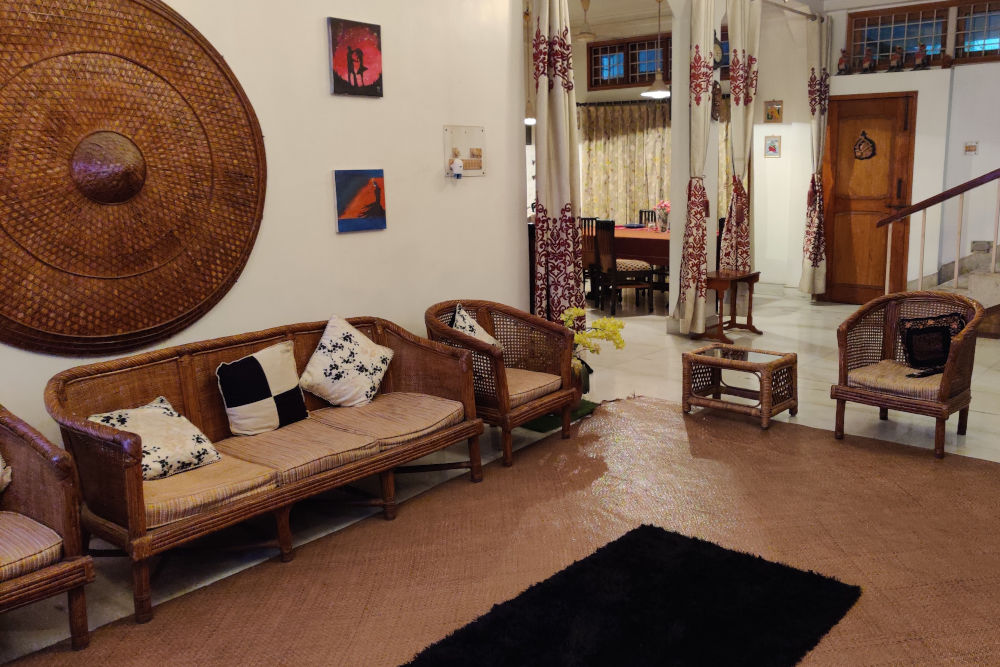
Expect a homely vibe, with dinner enjoyed alongside friendly eclectic conversations. On offer is a constantly adapting menu that highlights locally sourced Assamese produce and showcases some exciting and unique flavour pairings using a combination of local and modern cooking techniques. Adapting modern techniques to elevate famous local flavour combinations and serving them with the same hospitality as can be experienced at every Assamese home. Palash has an in house vegetable, herb and flower garden that is thoroughly utilised while designing the menus and developing recipes. Most of the remaining ingredients are sourced from the historic biweekly market that brings together some exceptional produce by the local villagers of Assam and Meghalaya.
Must try: Luchi and mangso (crisp luchi/poori tartlet, curry local chicken mousse); fish and tomato (fried fish, tomato curry, ground rice cake); pork and bamboo shoot (slow cooked pork belly, fermented bamboo shoot sauce); robab tenga and jolokiya (pomelo, mustard oil, green chilli)
and rosogulla and cream (rosogulla, fresh cream white chocolate creameux, jeera crisp).
Sodabottleopenerwala, BKC, Mumbai
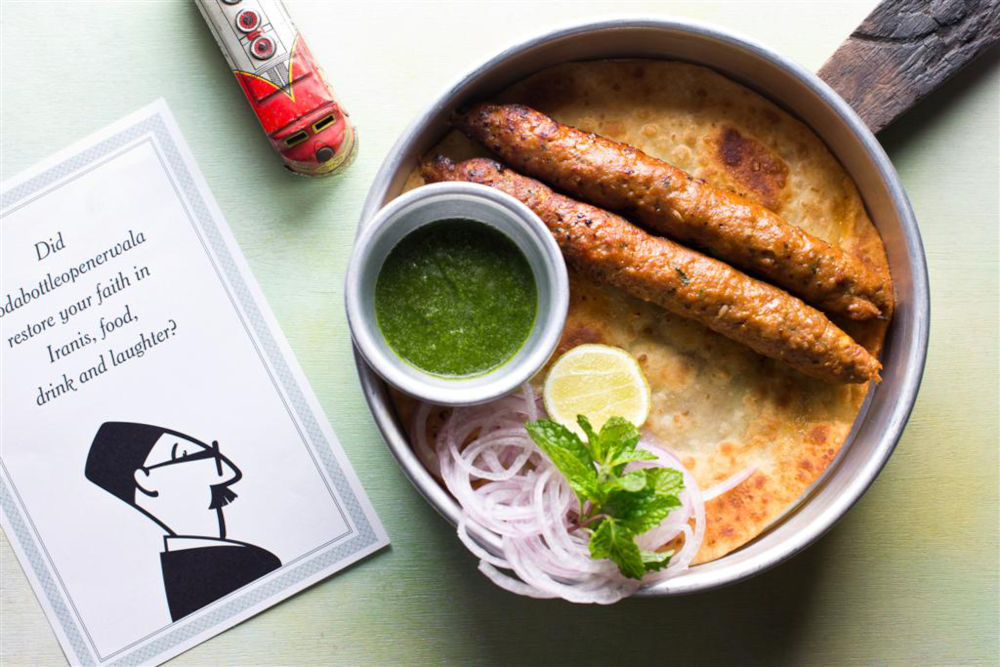
The dying legacy of the wonderful chaotic, crowded, bustling, colourful, quirky, cluttered, eccentric and so real a world of a Bombay Irani café. On offer is typical Parsi cuisine, Irani specialities, culinary gems famous in gymkhanas and the streets of Mumbai in a fun, quirky and contemporary space. Designed to look old-world, colonial and humorous, you’ll find memorabilia from the famed chor bizarre, Mumbai, antique framed images of life in Irani cafes alongside barni glass jars bursting with nankatais, as their take of Parsi Style, Freddie Mercury meets Monty Python on the outsized mirrors compares with a play of graphics all around.
Must try: Berry pulao; bohri kheema pav; vada pav; patra ni macchi; eggs kejriwal and bhendi bazaar seekh parantha.
Dum Pukht Begum’s ITC Konehur, Hyderabad
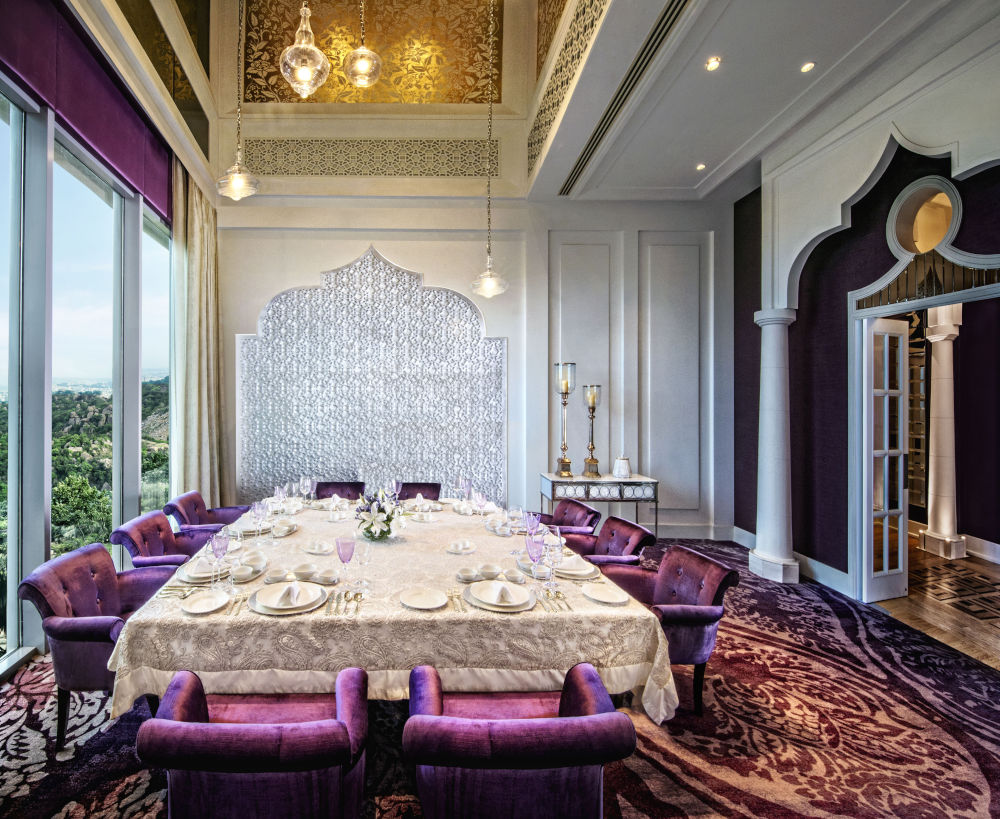
Dum Pukht Begum’s is a determination to revive the craftiness of courtly manner, exhibition and cookery from the region. It signals you to participate in a regal feast as it showcases ancient recipes and genuine flavours from the kitchens of the royal families of Hyderabad in an ambience that is truly regal. The interiors, in silver and purple, redolent of a bygone era, induce a sense of the old-world charm.
Must try: Murgh chandi tikka, dum pukht badin jaan, shahi nehari, the iconic dum pukht biryani, are affirmative to titillate one’s hunger with their select flavours and presentation. As the outstanding end of a meal, desserts heightened with the premium subtle of gold and silver add the final ultimate touch.
Chez Pushpa, 95/96 Ganhiji Nagar, Pondicherry
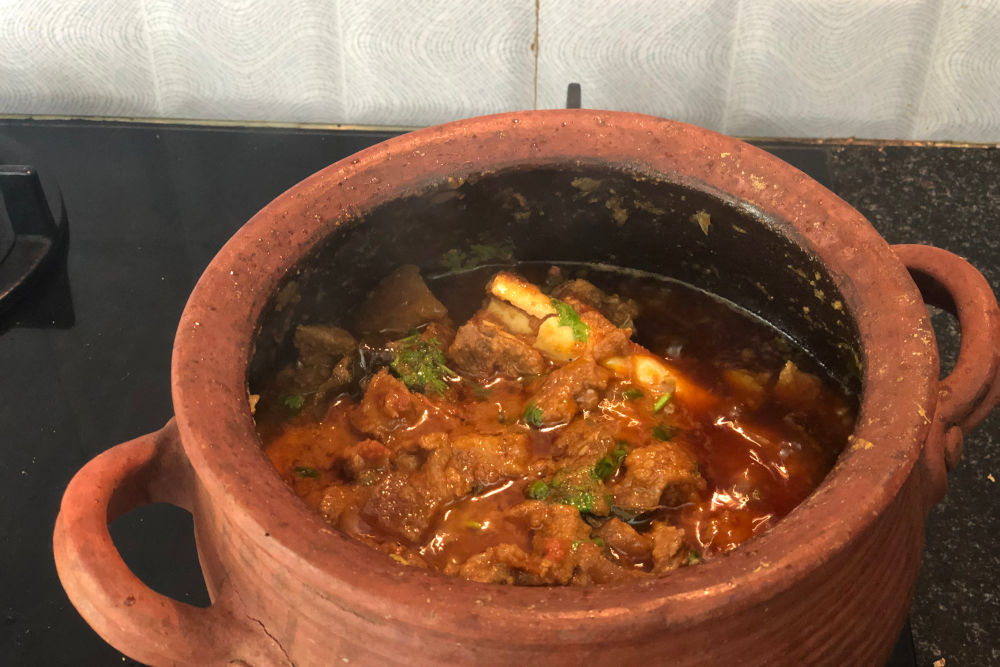
Chef Pushpa’s home is very cosy, relaxed and this homely experience comes with an interesting interaction with the hosts. Pondicherry Creole is a mix of various cuisines i.e. French, Portuguese, South Indian, Vietnamese, and Cambodian. The Pondicherian French Catholic who travelled abroad (French colonies) have learnt to cook a variety of food with a little bit of Indian touch. The food is cooked with spices but not chilli spice. Many dishes are cooked with Vadavoum, a spice comprising of mustard seeds, cumin, shallots, garlic, oils and more and dried under the sun for three weeks, and was invented by the Pondicherians during the French colonisation to cook for the French.
Must try: Mutton sambhar; porc vadavoum sauce; pork vindali, tamarind coconut milk sauce; salade creole; vegetables with minced beef poriyal and fish assad sauce.
Punjab Grill, Khan Market, Delhi
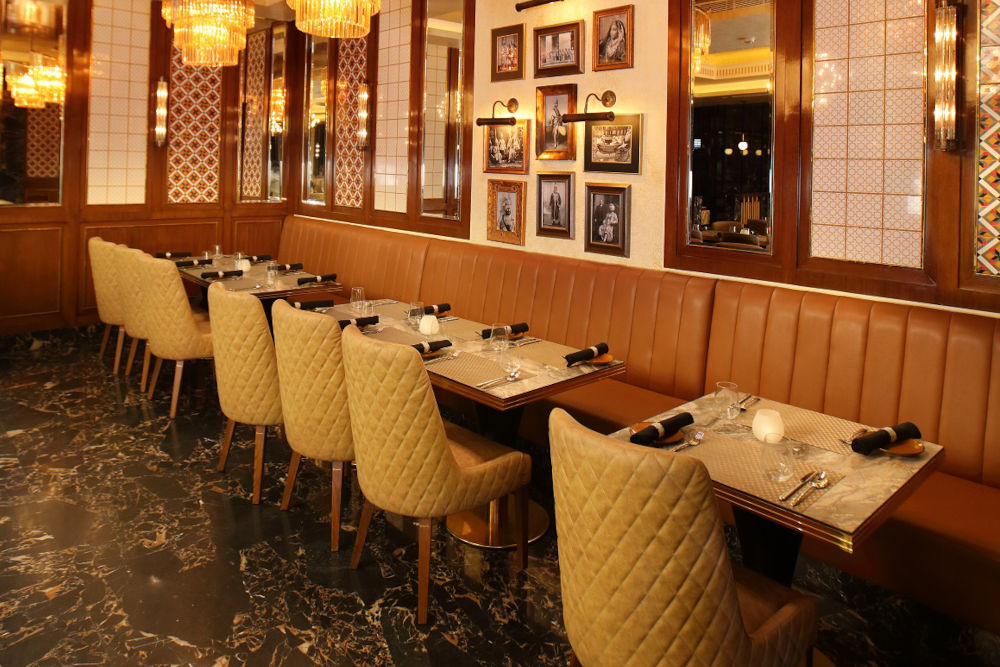
On the menu here, you will find the best of North Indian delicacies, which takes you on a culinary journey through the royal state of undivided Punjab; replete with traditional Punjabi folk music playing in the background which makes for a captivating experience. Food here is a sample of the delightful assortment of Frontier Food and the opulent streams of Hindu, Sikh, Pathan and Punjabi cuisine. It also lovingly cherishes and preserves the tradition that has flown downstream through the immigrants of West Punjab. For those who wish to indulge while also trying to instil some vigorous dining habits, there are ‘Good For Immunity’ and ‘Good For You’ selections on the menu that comprise dishes that increase immunity and are high on nutritional value.
Must try: Banarasi tamatar chaat; kasundi broccoli; karachi chargha; dhaga burns road kebab and lal maas.
Reminder: India has a mandatory visa requirement for most foreign travellers. Tourists with a British or American passport can stay in the country for up to 180 days per visit on a tourist visa. So get your Indian visa sorted out before heading off.












